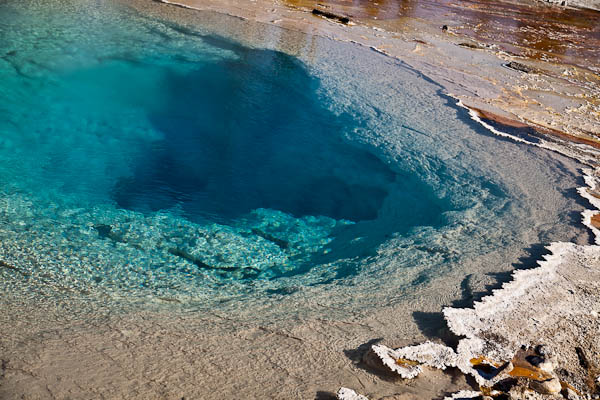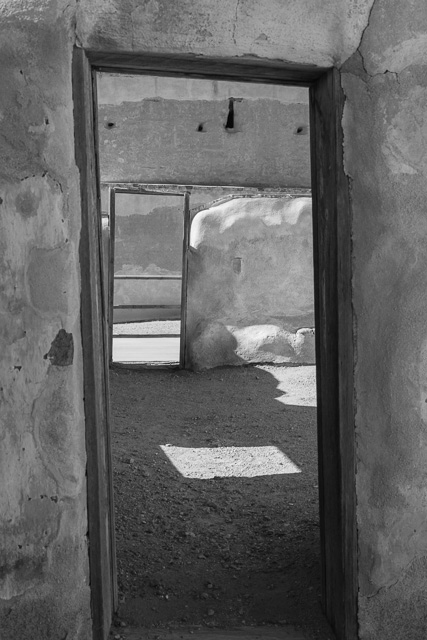We gain strength, and courage, and confidence by each experience in which we really stop to look fear in the face . . . we must do that which we think we cannot. ~ Eleanor Roosevelt
When experiencing disappointment or loss, it is natural to seek a counterbalance, a positive action to balance the negative.
The counterbalance of fear is courage. Crossing a threshold into a dark unknown space can evoke fears. But even in the darkest of spaces, we have an ability no one can take away. The choice of how we react, what we think, what we choose to say.
The courage to imagine the otherwise is our greatest resource. . . ~Daniel J Boorstin
Even in the darkest of spaces, we can imagine a star-filled universe, the constancy of waves sweeping a sandy beach, a window with a view of a fruit-filled orchard. We can appreciate the light because we have an understanding of the dark.
Courage and perseverance have a magical talisman, before which difficulties disappear and obstacles vanish into air. ~ John Quincy Adams
COURAGE offers questions/reflections for journal, art prompts, and calls to action:
- Crossing a significant life threshold takes courage. When the choice is happily anticipated, enthusiasm for the change lessens, though doesn’t alleviate, fear of the unknown. When crossing a threshold brings about unwanted or unplanned changes, courage and determination help balance our fears. Consider thresholds you have crossed – a job change, new responsibilities, a birth, a death, a move. How do you respond to changes in your life?
- Once fear is identified as a limiting factor, action can defuse this emotion. Courage is answering the questions: “Why am I afraid?” “What can I do to face my fear?”
- Though John Quincy Adam’s refers to the invisible “magical talisman” of courage and perseverance, it is often helpful to have a physical object as a reminder. One of the simplest talismans to create is a small rock inscribed with a message. Examine your environment for small rocks until you find a rock that feels right. Paint it a bright color or leave it natural. Use a permanent marker to inscribe the word COURAGE on its surface. Carry it in your pocket or place in your work area or bed side table as a reminder.
- Practice courage in small doses by doing an activity that is not routine. Take a different route to work or the store. Shop in a local market rather than your nearby mega-grocery store. Eat a sack lunch on a park bench instead of eating from a fast food drive-through. Say hello to strangers, meet them eye-to-eye, and smile. These small acts may not seem courageous, but by moving out of your comfort zone, you will stretch the muscles that feed your courage.
————–
Bo Mackison is a photographer and owner of Seeded Earth Studio LLC. Bo is creating a deck of Desert Wisdom Cards for self-exploration and discovery using her photography and the Sonoran Desert theme – its myths and stories, cultures and history, and the desert’s remarkable natural beauty and resources.











